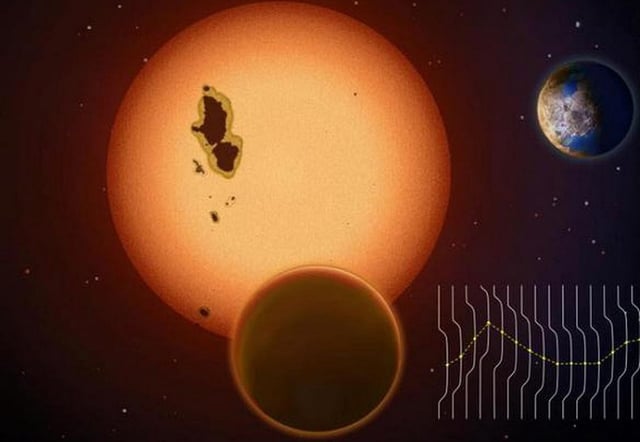Overview
- Kepler-725c orbits its sun-like G-type star in 207.5 days on an elliptical path with an eccentricity of 0.44
- Situated about 2,500 light-years from Earth, the planet has roughly ten times our planet’s mass and lies within its star’s habitable zone
- Kepler-725c receives about 1.4 times the radiation Earth gets from the Sun, placing it in conditions where liquid water may persist
- Astronomers used the TTV method to track timing shifts in Kepler-725b’s transits, marking the first super-Earth discovery via this technique
- Ongoing analysis aims to determine if the planet is a rocky world, a mini-Neptune with a thick atmosphere, or a ‘hycean’ ocean-bearing planet

